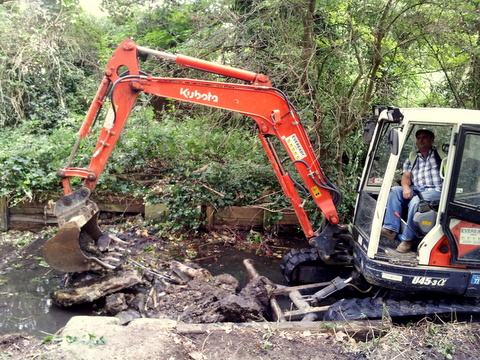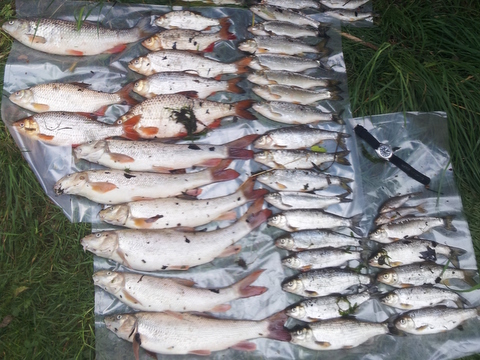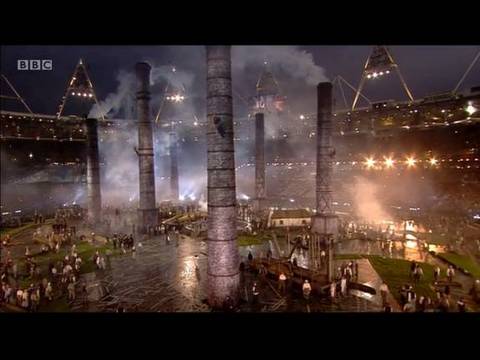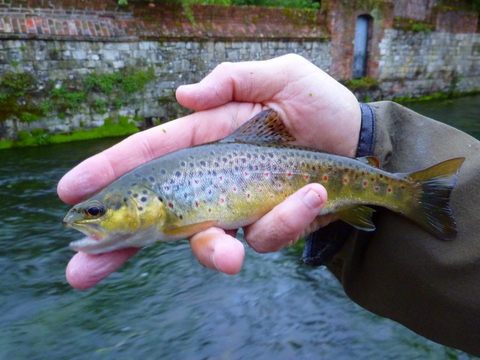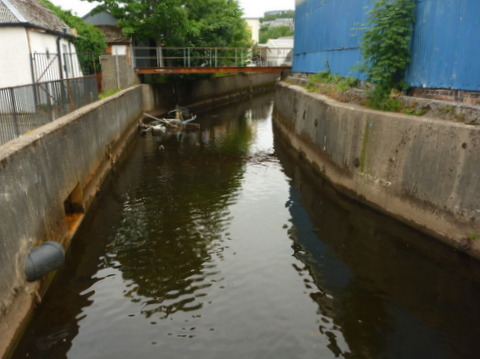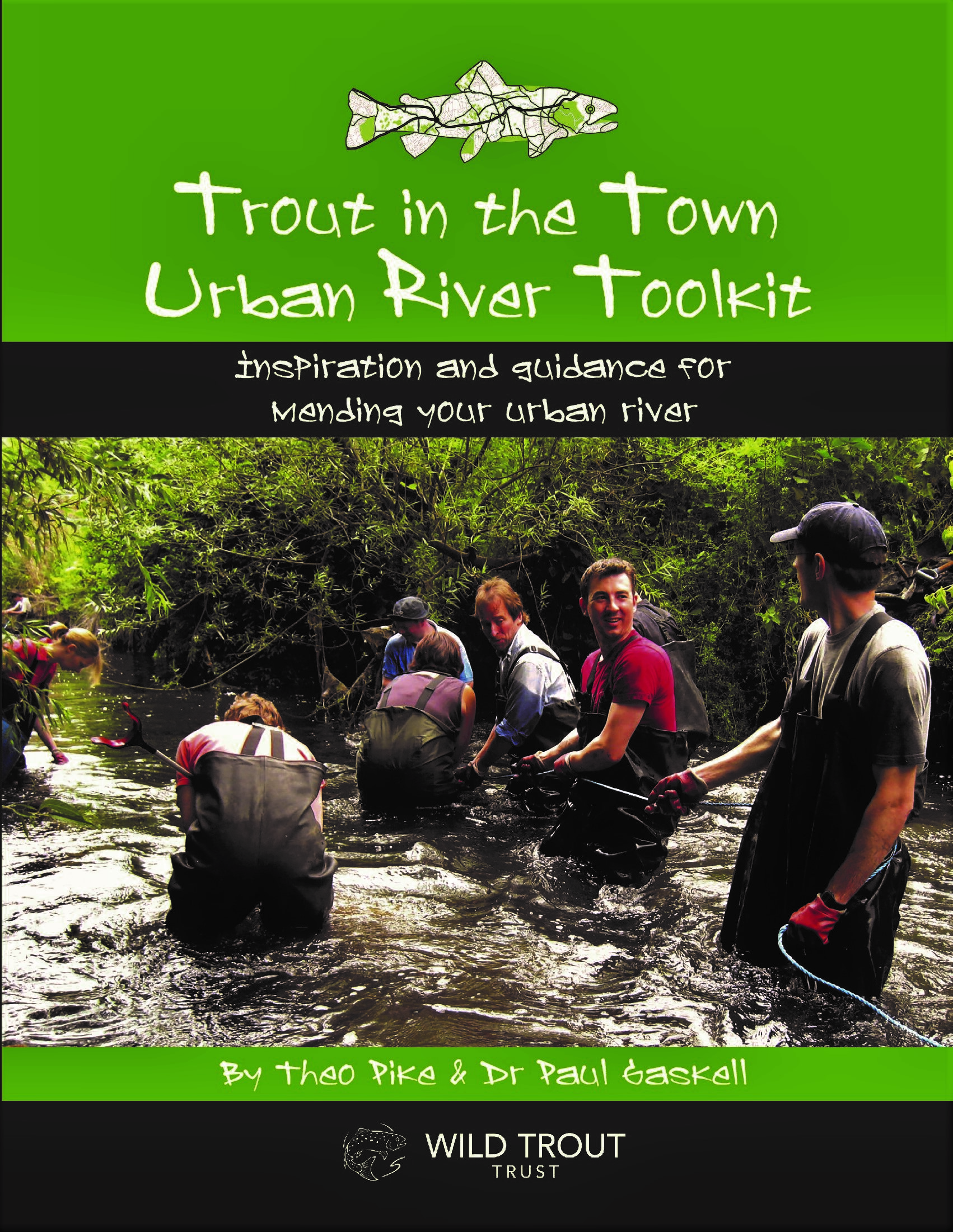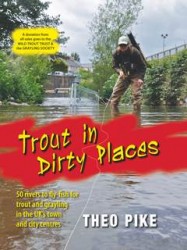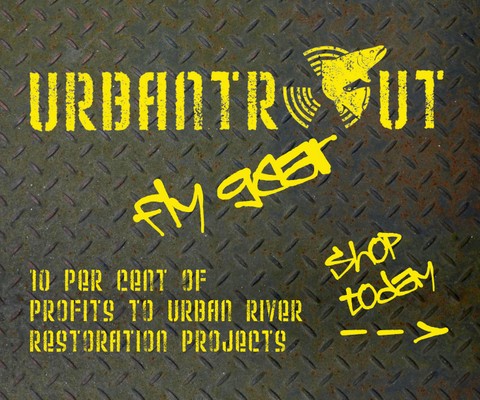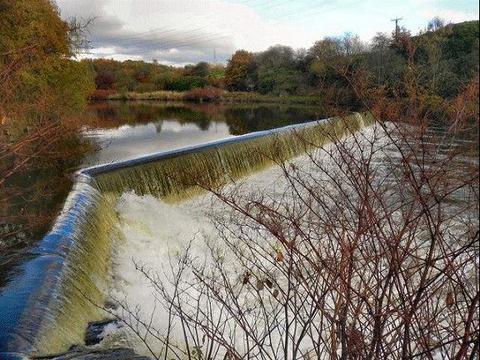
As any fule kno experienced river restorationist knows, there’s really not much point in trying to work against a river’s natural processes: in the end it’ll do what it wants to do anyhow, so you might as well just get out of the way.
Which is why we’ve been so brim-full delighted to read the latest news from the post-industrial River Croal, part of the Irwell system, in the River Restoration Centre’s August Bulletin:
The Irwell WFD Good Ecological Potential project aims to strategically remove redundant structures from the river corridor. Following the removal of ten barriers by the Environment Agency Operations Delivery team last year, Little Lever weir on the River Irwell in Bolton was identified as one of the next to prioritise.
While removal works were not planned, high flows experienced in June and July assisted removal of the structure (2m+ head with a 30m span) as well as two further weirs, which all collapsed, succumbing to pressure. Remaining material was removed under emergency works and this helped add a few more ticks to the Environment Agency’s ‘weir removal hit list’.
The removal of this has already helped to create a more dynamic and diverse river corridor as well as allowing resident fish species a clearer passage upstream. Follow-up works cost approximately £20,000.
Has the removal of those previous 10 structures and the progressive restoration of the Irwell’s natural hydrology increased the river’s ability to start taking care of some of the other obstructions in its course?
Either way, we bet the boys and girls at Action Irwell and the Irwell Rivers Trust are saying right, if we can only bottle and sell this…
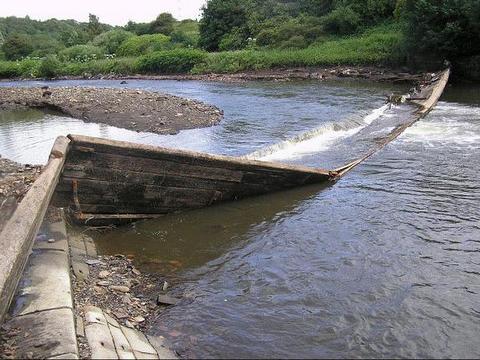
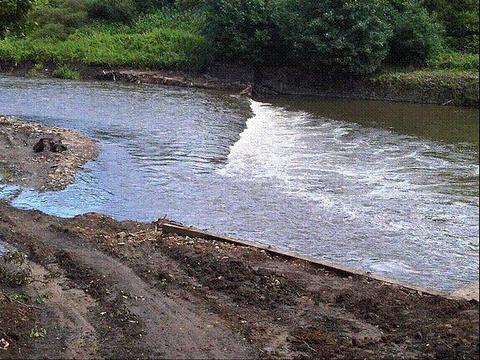
(Photos: River Restoration Centre)
Tags: Bolton, Croal, Fish passage, Irwell, Urban river restoration, Urban rivers, Weirs
